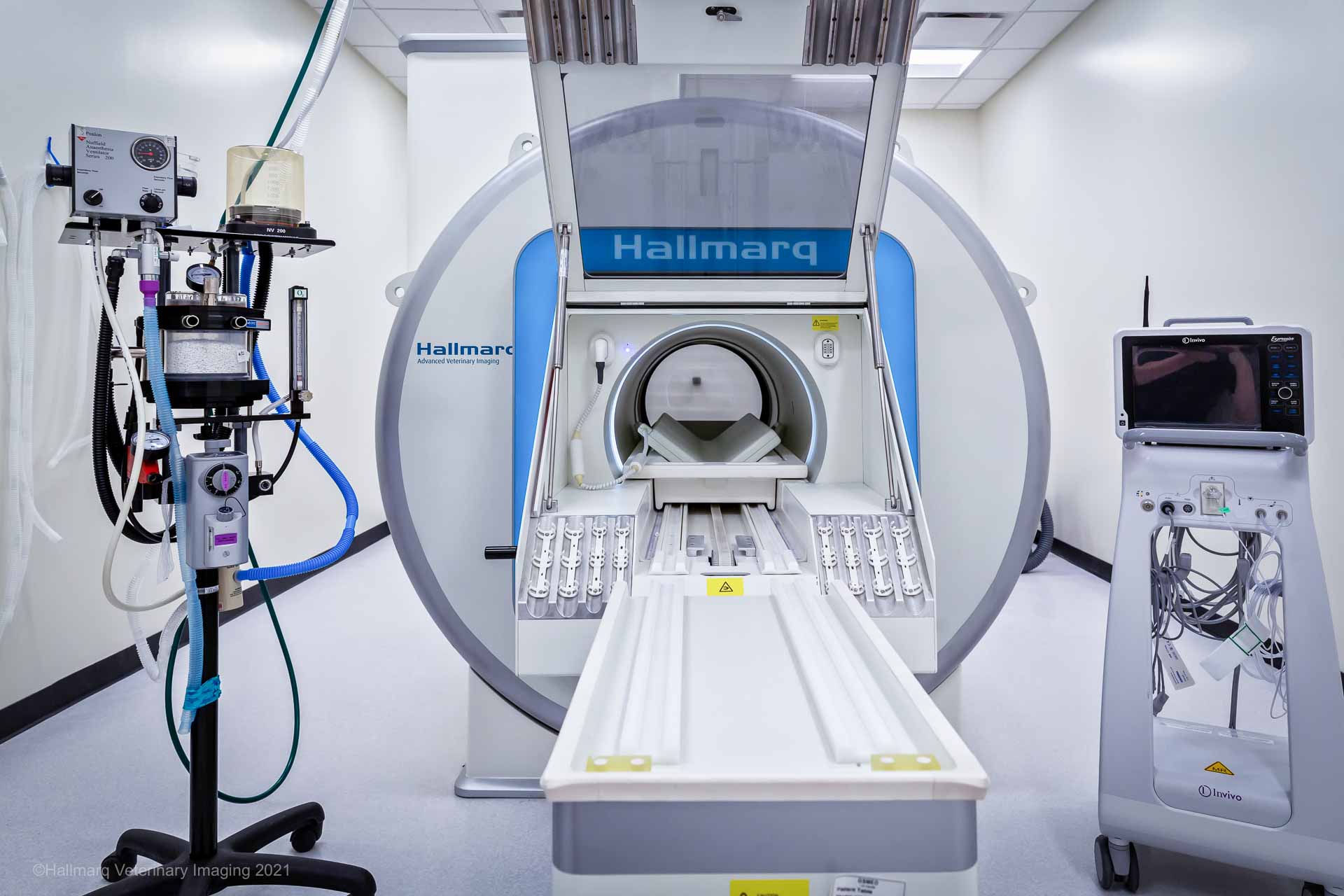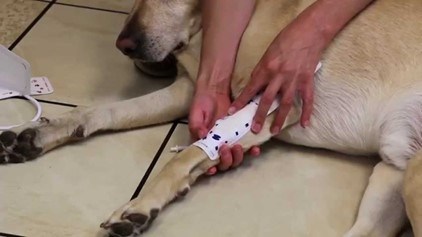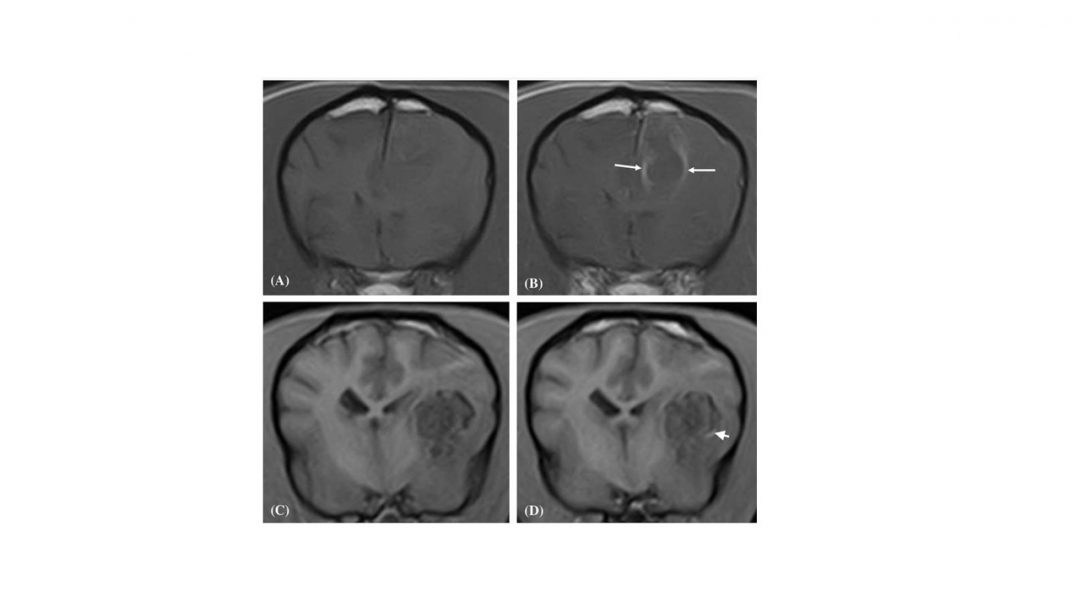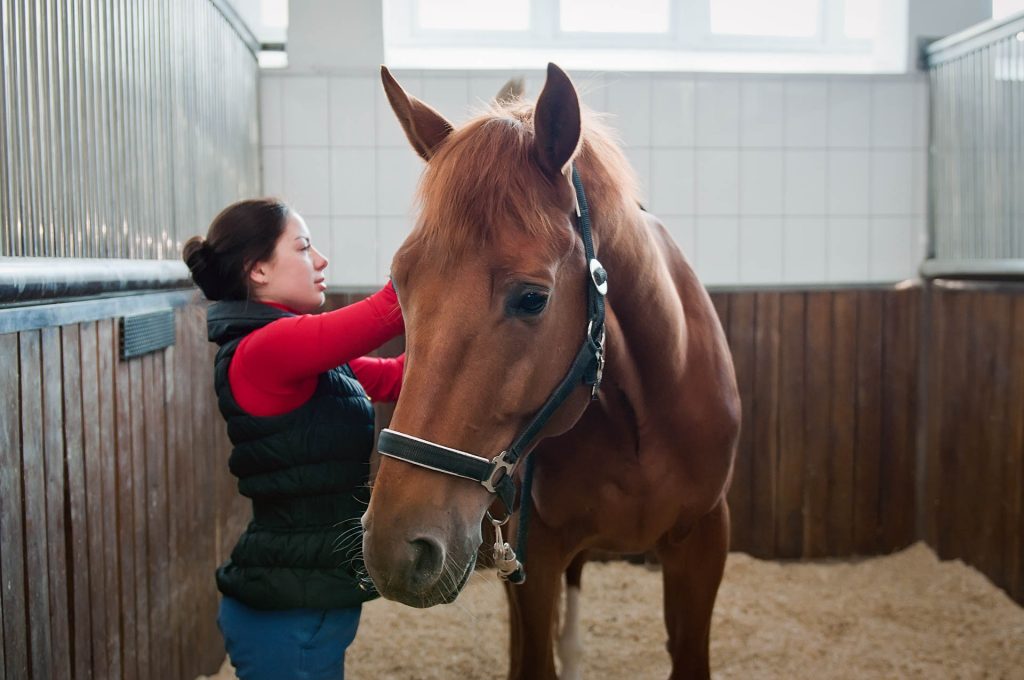Among the many issues that plague the much-loved French bulldog, neurological conditions affecting the nervous system are particularly devastating for the breed, both in breadth and severity. Guest author Susan A. Arnold, DVM, DACVIM (Neurology) talks us through the various neurological conditions affecting this exponentially popular dog breed and the ethical health crisis they face as we continue our obsession with the most endearing of dogs.
Taking the top spot
French bulldogs, known for their bat-like ears, compact bodies, stertorous breathing, and charming personalities, have exploded in popularity in the last decade. Fueled by social media influencers and the general desire to have an attention-sparking dog among pet owners, the French bulldog usurped the Labrador retriever as the most popular United States dog breed in 2022, after the Labrador had enjoyed the top spot for over 30 years.
French bulldogs: evolving at the expense of their health
As we have seen in the past with other dog breeds, such sudden popularity comes at a price. Not only is the demand for French bulldogs fueling unstable breeding rates and practices, but the desire for the conformational extremes this breed possesses is evolving at the expense of the health of the very dogs the general public has grown to love so much.
For example, over 100 years ago, the French bulldog had a measurable snout. Today, many French bulldogs have such severe brachycephalic disease that they live in a state of chronic respiratory distress. This conformational shift is in direct response to a feature that appeals to many French bulldog owners: the appearance of a human baby-like face. This example showcases the extent of conformational extremes that current French bulldogs exhibit.
Ethical concerns: facing the consequences
Sadly, this is but one of many traits that have been bred into French bulldogs that have had disastrous consequences for the health and welfare of the dogs. In fact, a study published in 2022 indicated that the French bulldog has the shortest lifespan of any dog breed, averaging 4.53 years (1).
One need look no further than the tragedy unfolding to understand the saying, “We are loving these animals to death.”
Among the many issues that plague this breed, conditions affecting the nervous system are particularly devastating in French bulldogs, both in the breadth and severity of the various neurologic conditions observed. Further, their severe brachycephalic airway syndrome can lead to life-threatening respiratory distress that is exacerbated during stressful times like neurologic disease. In fact, these respiratory events can be so severe that they result in mortality.
Overall, neurological diseases in combination with the other systemic issues this breed faces are severe and result in different outcomes compared to the same diseases in other breeds. Details of the various neurological conditions affecting French bulldogs are provided here, divided among diseases of the brain/head and diseases of the vertebral column/spinal cord.
Diseases of the brain and head in French bulldogs:
Otitis media-interna
French bulldog ear canals are severely stenotic, and their auditory tubes are also abnormal due to a shortened skull length. Both of these issues result in French bulldogs having a higher incidence of otitis media-interna than non-brachycephalic breeds. Chronic otitis media-interna is a predisposing factor for the development of otogenic meningoencephalitis, in which an abscess forms along the brainstem. All cases of canine otogenic meningoencephalitis encountered by the author have occurred in French bulldogs.
High-grade gliomas (HGG)
As members of the bulldog clade, French bulldogs are at a markedly higher risk for developing these intraparenchymal, primary brain tumors compared to the general canine population (Figure 1). Further, French bulldogs tend to be younger at the time of HGG formation. Whereas the average age for most other breeds is eight years, it is six years for French bulldogs (author’s personal observations from conducting a large clinical trial program for pet dogs with HGG). Treatment options for canine HGG are relatively limited at this time. Most dogs die within a year of diagnosis, although radiation therapy recently has demonstrated superior survival outcomes, with median survival times exceeding 500 days in several independent studies.
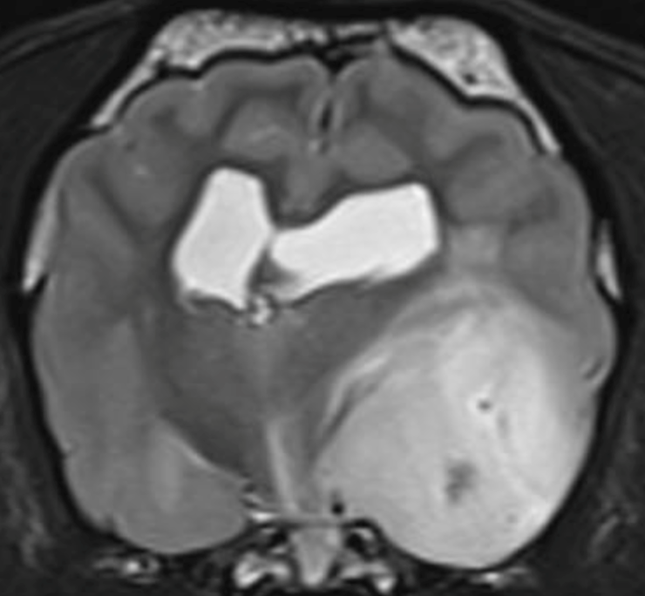
Diseases of the vertebral column and spinal cord in French bulldogs:
Vertebral malformations
The creation of a compact body in the French bulldog breed is the result of vertebral malformations, including hemivertebrae, block vertebrae, and secondary kyphosis. Although the majority of the time, these malformations are incidental, they are more likely to be an issue in French bulldogs than other breeds. Dogs that have clinical signs referable to their vertebral malformations display variable degrees of pain and myelopathy, typically starting before reaching one year in age. Treatment options are limited and surgery is associated with a high failure rate. One particularly challenging malformation that is more common in French bulldogs than other breeds is spina bifida, which leads to urinary and fecal incontinence (Figure 2). Here again, treatment is limited, and the incontinence is usually permanent despite therapy.

Subarachnoid diverticula
This is a congenital or anomalous condition that involves abnormal layering of the arachnoid layer, typically focally in the dorsal arachnoid layer of the thoracolumbar spinal cord. The abnormal layering results in an outpouching or dilation, which causes spinal cord compression. French bulldogs are typically less than three years old when they start to show signs of this condition, including variable degrees of myelopathy and discomfort. Surgery can alleviate the spinal cord compression, although the issue can return.
Intervertebral disc disease (IVDD)
This is the most common, and perhaps most concerning, neurologic disease of French bulldogs. French bulldogs are considered chondrodystrophic and many possess the FGF4 mutation that has been linked to IVDD. Compared to other dog breeds, French bulldogs are concerningly younger at the time of their first IVDD episode (median age of four years compared to a median age of six years in the previous poster-child for IVDD, the dachshund). French bulldog IVDD has a tendency to cause much more dramatic extrusions, accompanied by extensive hemorrhage that contributes to spinal cord compression and irritation. They are also more likely to develop disc extrusions in their mid to caudal lumbar vertebral column, which is associated with a worse prognosis.
French bulldogs that are paraplegic and lack sensation as a result of IVDD are less likely to recover function than other breeds (3). They also have a markedly higher risk of developing myelomalacia than other breeds (33% of paraplegic, sensation negative French bulldogs compared to 10-15% of other breed)(4). Fifty percent of French bulldogs that have experienced one IVDD event will experience future events, compared to 25% of dachshunds (5). A final note to consider is that acute IVDD is a source of major distress and pain for dogs. French bulldogs can develop acute respiratory distress syndrome secondary to their IVDD, which can be life-threatening, and addressing the respiratory distress must supersede treating the IVDD, which only adds to their poor likelihood for recovery.
Summary
Demand for French bulldogs has created an ethical health crisis for the breed. One need look no further than the tragedy unfolding to understand the saying that, “We are loving these animals to death.” If this breed is to survive, breeders and the general public alike must recognize the conformation-associated conditions that can only be resolved through responsible breeding to create less extreme features.
References
- 1. Teng KT yun, Brodbelt DC, Pegram C, Church DB, O’Neill DG. Life tables of annual life expectancy and mortality for companion dogs in the United Kingdom. Sci Rep. 2022 Apr 28;12:6415.
- 2. V M, L D, A J, S B. Prevalence of neurological disorders in French bulldog: a retrospective study of 343 cases (2002-2016). BMC veterinary research [Internet]. 2017 Jul 5 [cited 2024 Aug 11];13(1). Available from: https://pubmed.ncbi.nlm.nih.gov/28676057/
- 3. Jones GMC, Cherubini GB, Llabres-Diaz F, Caine A, De Stefani A. A case series of 37 surgically managed, paraplegic, deep pain negative French bulldogs, with thoracolumbar intervertebral disc extrusion, from two English referral centres. Vet Rec Open. 2023 Jun;10(1):e61.
- 4. Aikawa T, Shibata M, Asano M, Hara Y, Tagawa M, Orima H. A comparison of thoracolumbar intervertebral disc extrusion in French Bulldogs and Dachshunds and association with congenital vertebral anomalies. Vet Surg. 2014 Mar;43(3):301–7.
- 5. Leu D, Vidondo B, Stein V, Forterre F. Recurrence rate of intervertebral disc disease in surgically treated French Bulldogs: a retrospective study (2009-2019). Acta Vet Scand. 2023 Feb 2;65(1):3.



